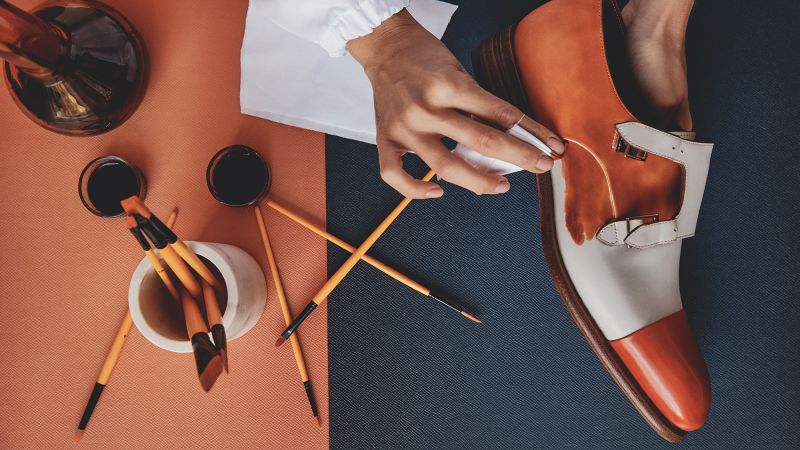
Luxury brands are more expensive than ever. They’re telling you why they’re worth it
CNN
After a year of sweatshops scares, steep price hikes and a brewing trade war, luxury brands are working hard to rebuild trust through storytelling that emphasizes craft and heritage.
More than ever, high-end brands want you to know exactly how, and where, their goods are made. They are producing enormous glossy coffee table books showing white-coated workers hand-stitching products in glamorous workshops, and creating marketing campaigns emphasizing the exquisite materials and dedicated handiwork that go into the making of their very, very expensive products. These companies are trying to explain the value of their creations to consumers because their profits are slowing, even as their prices are increasing. While the personal luxury goods market was worth €363 billion (about $415 billion) in 2024, up from €223 billion ($242 billion) a decade prior, according to the global management consultancy Bain, the sector has been struggling with some of its slowest growth in years. Luxury companies began to charge more during the pandemic as greater personal savings and financial stimulus led shoppers to spend heavily on high-end products. Now, luxury prices in Europe are at least 52% higher than they were in 2019, according to HSBC. Prices are now testing even the most ardent of luxury supporters. “I mean, it’s outrageous,” David Fischer, founder and CEO of the youth culture platform Highsnobiety, told CNN over a call. “For the most part, it’s not that their quality has gotten 52% better. The prices have gone up tremendously, yet the quality hasn’t.” “Some of these price tags are just wild,” is one typical comment on the Reddit forum called Handbags. “I get that you’re paying for the brand name, but when it comes to actual quality, it feels like we’re getting ripped off sometimes.” Sharp markups seem to have subsequently impacted sales, with several companies reporting disappointing numbers. Chanel, for example, saw its operating profit fall 30% to $4.48 billion in 2024 — and while the brand typically increases prices twice yearly, it won’t this year.

The US Centers for Disease Control and Prevention has been tracking abortion trends for decades, but this year’s report — including some of the earliest federal data reflecting the effect of significant changes to abortion access nationwide – has been pushed back until spring amid turmoil at the federal agency.












